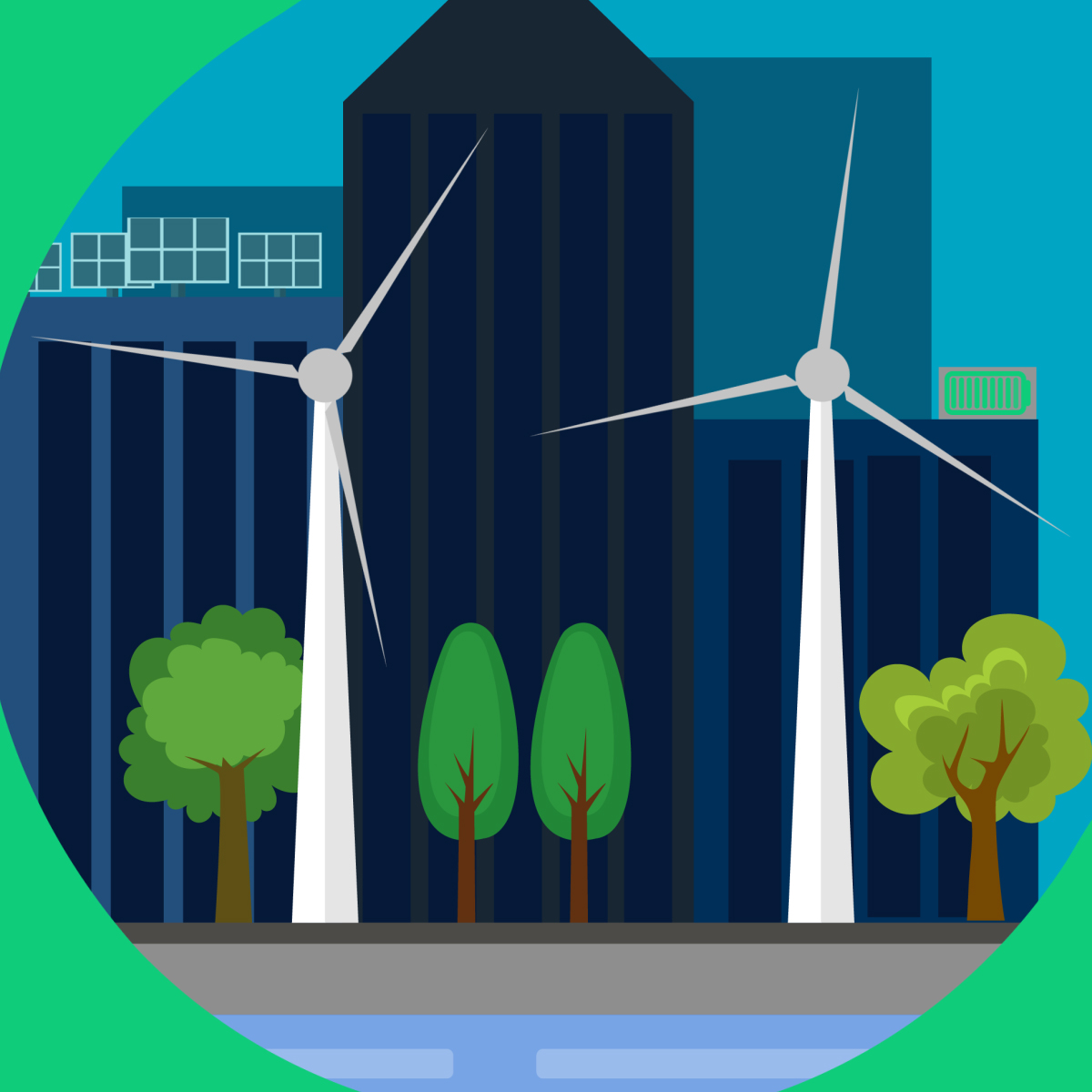
In an era where sustainability and energy efficiency are paramount, the construction industry is making significant strides towards creating greener and more energy-efficient buildings. From smart technologies to sustainable materials, innovative solutions are transforming the way we design, construct, and operate buildings. In this article, we will explore 10 cutting-edge innovations for energy efficiency in buildings that are shaping the future of sustainable architecture.
1. Building Automation Systems
Building automation systems integrate various technologies to optimize energy consumption and enhance occupant comfort. These systems utilize sensors, controls, and advanced algorithms to regulate lighting, heating, ventilation, and air conditioning (HVAC) systems, ensuring optimal energy efficiency based on real-time conditions.
2. Smart Lighting
Smart lighting systems employ motion sensors, occupancy detectors, and advanced lighting controls to adjust lighting levels based on occupancy and natural light availability. This helps minimize energy waste by ensuring that lights are only used when and where needed.
3. Energy-Efficient HVAC Systems
Energy-efficient HVAC systems utilize advanced technologies such as variable refrigerant flow (VRF), heat recovery ventilation, and geothermal heat pumps. These systems provide precise temperature control, reduce energy consumption, and minimize environmental impact.
4. High-Performance Insulation
Innovative insulation materials and techniques, such as aerogels and vacuum insulation panels, significantly improve the thermal performance of buildings. They reduce heat transfer through walls, roofs, and floors, resulting in reduced heating and cooling needs and lower energy usage.
5. Solar Photovoltaics (PV)
Solar PV systems harness the power of the sun to generate electricity. Integrated solar panels, solar roof tiles, and solar facades are becoming increasingly popular, allowing buildings to generate clean, renewable energy and reduce reliance on the grid.
6. Energy-Efficient Windows and Glazing
Advanced window and glazing technologies, such as low-emissivity coatings, insulated glazing units, and smart tinting, minimize heat gain or loss, enhance natural daylighting, and improve overall energy efficiency.
7. Passive Design Strategies
Passive design strategies focus on optimizing a building's orientation, layout, and natural ventilation to maximize energy efficiency. Features such as strategic window placement, shading devices, and thermal mass utilization reduce the need for artificial heating and cooling.
8. Building-Integrated Renewable Energy
Innovative designs integrate renewable energy systems directly into building elements. Examples include solar panels integrated into building facades, wind turbines integrated into rooftops, and piezoelectric systems embedded in flooring to convert footsteps into electricity.
9. Green Roofs and Living Walls
Green roofs and living walls enhance building energy efficiency by providing natural insulation, reducing heat island effect, improving air quality, and absorbing rainwater runoff. They contribute to a more sustainable and aesthetically pleasing urban environment.
10. Advanced Energy Monitoring and Management
Sophisticated energy monitoring and management systems enable real-time tracking of energy consumption, identify areas for improvement, and optimize building performance. These systems provide valuable insights to facility managers, helping them make informed decisions to enhance energy efficiency.
As the demand for sustainable buildings continues to grow, these innovative solutions are driving the transformation of the construction industry. By integrating these energy-efficient technologies and strategies into building design and operation, we can create a greener, more sustainable future.
Remember, adopting a holistic approach that combines multiple innovations and engaging with professionals in the field can maximize the energy efficiency potential of buildings, reduce environmental impact, and contribute to a more sustainable society.
Conclusion
The ongoing development of innovative technologies and strategies is revolutionizing the energy efficiency of buildings. From intelligent automation systems to renewable energy integration and advanced monitoring, these innovations are reshaping
